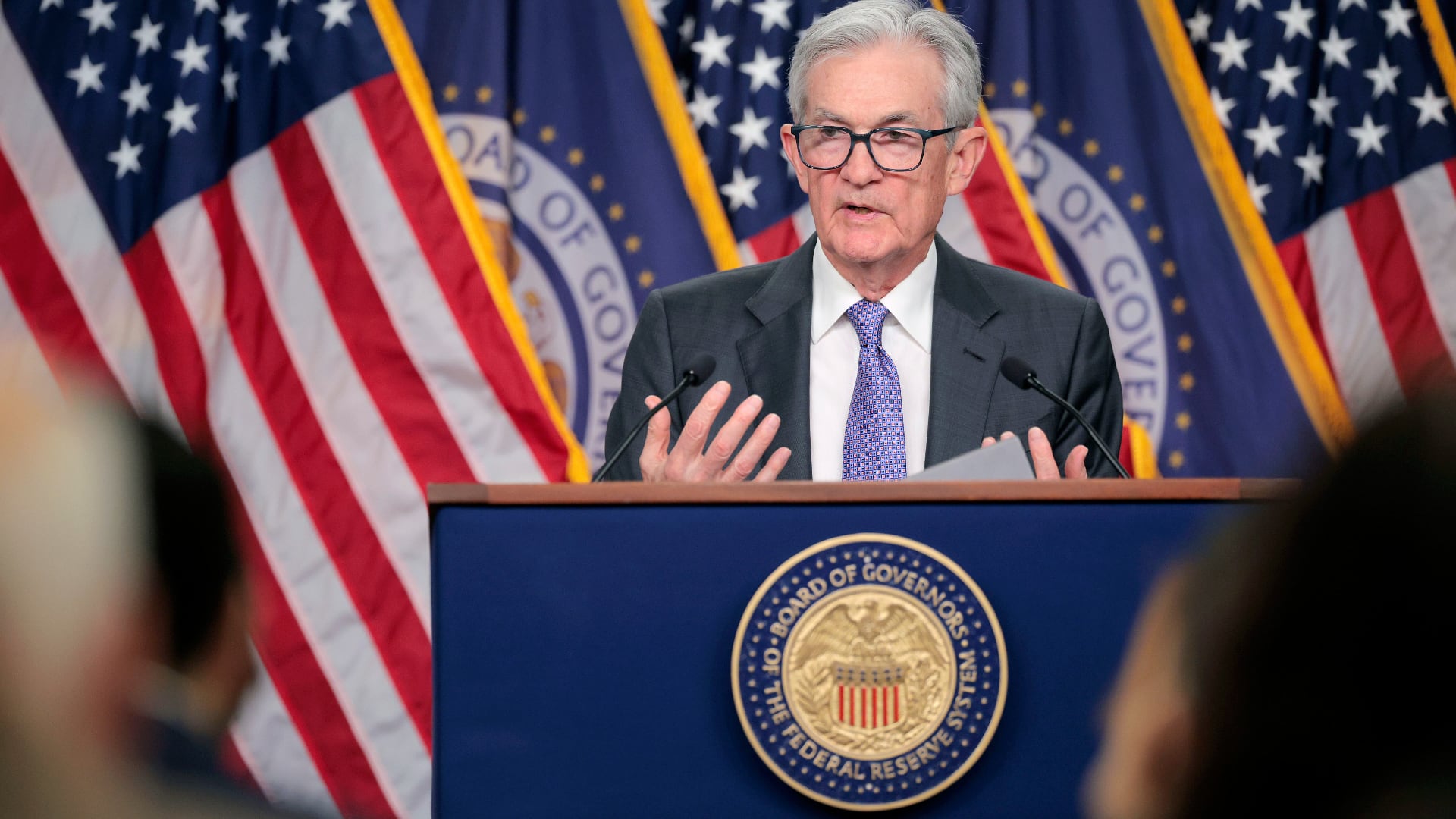Inflation was hotter than expected in January, but the debate over what this means for the economy is getting even hotter as markets brace for a flurry of Fed rate hikes in 2022.
The number grabbing all the headlines on Thursday was a 7.5 percent increase in prices compared to a year ago, which is the biggest hike in four decades, according to the U.S. Bureau of Labor Statistics' consumer price index report. The increase touched a wide range of goods, including electricity, food, and housing.
For a country used to inflation sticking around 2-3 percent, months of higher CPI numbers have continued to deliver sticker shock and stir up fresh rounds of discussion over how lawmakers and the Federal Reserve should respond. For those arguing that the central bank is behind the mark on raising rates in an effort to reign in inflation, the latest numbers are yet another sign that it should clamp down sooner rather than later.
After the report came out, Federal Reserve Bank of St. Louis President James Bullard said he supports raising rates by a full percentage point in March, while U.S. rate futures priced in a higher likelihood of a half-percentage point increase, both a step up from predictions that the Fed would likely begin tightening with a quarter-percent hike.
Another camp of economists, however, are urging people to take the latest numbers with a grain of salt and look past that somewhat shocking headline.
"Because of how this number was calculated, every economist knew it was going to be high, even if there was no inflation between this month and last," said Lauren Melodia, deputy director of macroeconomic analysis at the left-leaning Roosevelt Institute.
In other words, that year-over-year number includes significantly higher rates of month-over-month inflation going back to the beginning of 2021. What is more important to look at now, she said, is what happened in the last month.
"Between December and January, the overall inflation rate stayed the same at 0.6 percent," Melodia said. "This is actually a deceleration from the spike we saw of 0.9 percent inflation last October."
In her view, this is evidence that inflation is leveling off and will likely return to the Fed's target range of around 2 percent by the end of 2022. The White House echoed this sentiment in a statement on the January consumer price index numbers.
"While today’s report is elevated, forecasters continue to project inflation easing substantially by the end of 2022," said President Joe Biden. "And fortunately we saw positive real wage growth last month, and moderation in auto prices, which have made up about a quarter of headline inflation over the last year. We separately saw good news with new unemployment claims continuing to decline. That’s a sign of the real progress we’ve made in getting Americans back to work over the last year."
Wages Keep Pace With Inflation
The second half of that White House statement gets at another major sticking point in the Great Inflation Debate: If wages are rising, maybe inflation isn't so bad.
As last week's blockbuster jobs report showed, hourly wages outpaced monthly inflation gains at 0.7 percent, even as they fell just behind the year-over-year rate at 5.7 percent. Some have also pointed out that wage gains were even higher for lower-income workers, with one measure from the University of California, Berkeley showing a 11.7 percent increase in real income for the bottom 50 percent of workers in 2021.
"We're seeing strong wage gains at the bottom of the spectrum," said J.W. Mason, professor of economics at John Jay College, City University of New York. "People who are earning in the bottom 10 or 20 or 30 percent, they're wages are rising faster than inflation. So the people who need it the most, the people who are in the toughest situation, are seeing their standard of living continue to rise, despite the rise in prices."
He also pointed out that income doesn't just pay for goods and services. Crucially, it also goes to debt payments, which do not rise with inflation, and combined with low interest rates can actually lessen the debt burden on households.
"If prices go up 5 or 6 or 7 percent, and you're wages go up 5 or 6 or 7 percent, you might say you were no better off than you were before, but you are better off because your debt — your mortgage payments, your auto payments, your student loan payments — did not go up," he said.
Feeling the Pinch
None of this suggests Americans aren't feeling the pinch. Indeed, this month's report showed increases in several categories that cut directly into households' bottom lines.
"The biggest contributors to the increase in the CPI are necessities: food, electricity, and shelter," said Greg McBride, chief financial analyst at Bankrate. "It's the sizable increases in the cost of necessities that is the biggest threat to household budgets."
Food costs, for instance, increased 0.9 percent in January, up from 0.5 in December, while electricity costs were up a whopping 4.2 percent, up from just 0.5 percent. Shelter, transportation services, and medical care were also up month-over-month.
Melodia of the Roosevelt Institute pointed out that higher electricity costs place a disproportionate burden on lower-income households because they can't put off purchasing electricity like they might a used car. They just have to eat the costs.
Still, most economists agree that recent inflation is still the result of supply chain constraints related to the pandemic. With the omicron variant still working its way around the globe, and gumming up key producer countries such as China, the same dynamics that pushed up inflation last year remain a factor now.
"Until the supply chain is fully healed, we're going to be dealing with outsized price increases, no matter how aggressive the Fed gets on interest rates," said McBride. "Higher interest rates alone won't fix the supply chain."
In line with this thinking, the White House Council of Economic Advisors tweeted today that pandemic-affected services are still contributing the lion's share to price increases, with used cars and energy commodities up around 40 percent compared to a year ago.
Rate hikes also can't increase the supply of housing (which is notoriously in extremely low supply) or shift the economy away from fossil fuels (which are highly volatile).
Put simply, said Mason, "the Fed does not control the global price of oil."



